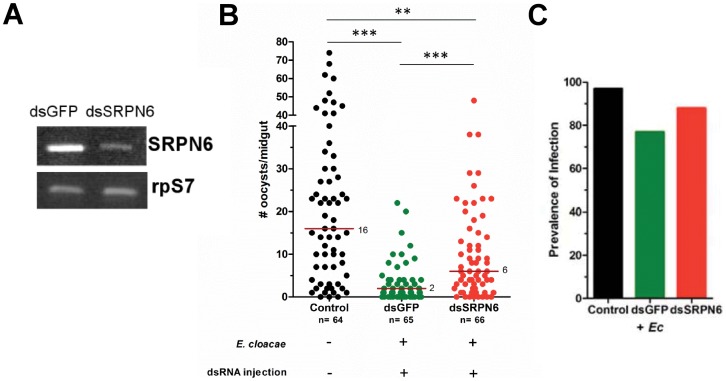Figure 5. E. cloacae-mediated inhibition of P. falciparum development is reversed by SRPN6 silencing.
(A) Semi-quantitative RT-PCR analysis was used to determine the effects of gene silencing on An. stephensi midgut samples after feeding with a P. falciparum gametocyte/E. cloacae (106/ml) mixture. SRPN6 mRNA abundance in midguts of dsSRPN6-injected mosquitoes was suppressed when compared with dsGFP controls. Ribosomal protein S7 (rpS7) served as a loading control. (B) An. stephensi mosquitoes were fed on a P. falciparum gametocyte culture (control) or were injected with dsGFP or dsSRPN6 and fed a P. falciparum gametocyte/E. cloacae (106/ml) mixture. Midgut oocyst numbers were determined after 8 days by staining with mercurochrome. Data were pooled from three independent experiments and analyzed using Kruskal-Wallis analysis and a Dunn’s post-test to determine significance. Median oocyst numbers are depicted by the red line and the total numbers (n) of individual mosquitoes analyzed are denoted below each sample. The presence (+) or absence (−) of Enterobacter feeding or dsRNA treatment are shown below each sample. P-values are denoted by asterisks (** = P<0.01; *** = P<0.001). (C) Bar graphs showing the prevalence of infection among samples shows that SRPN6-silencing increase the percentage of mosquitoes containing at least one P. falciparum oocyst, although the results are not significant when analyzed by Chi-squared analysis.

